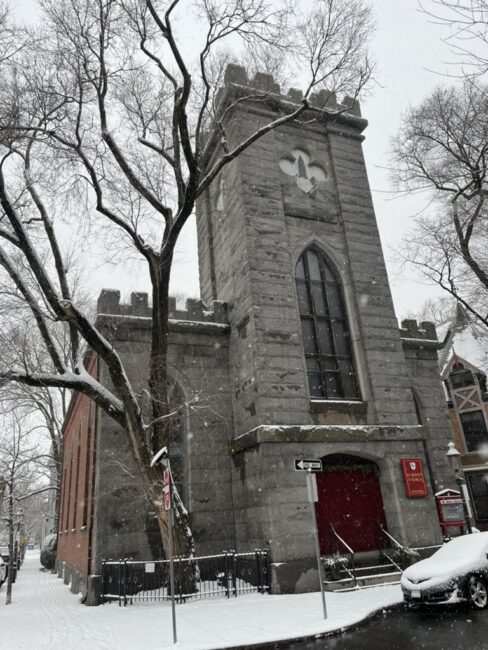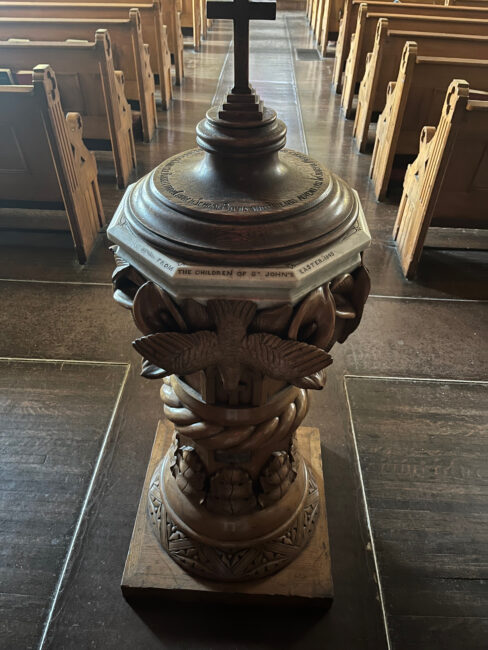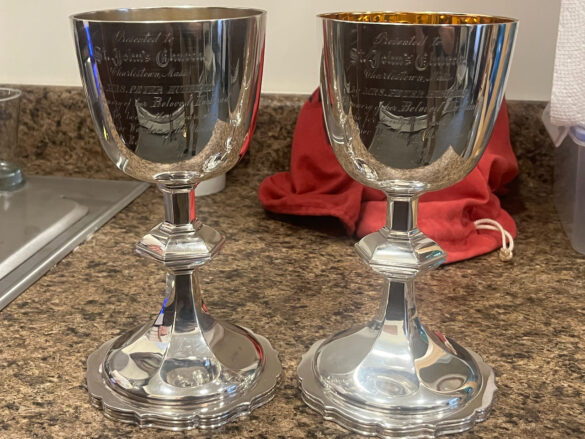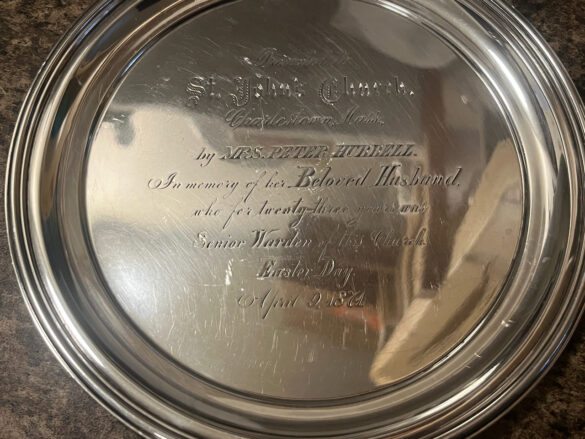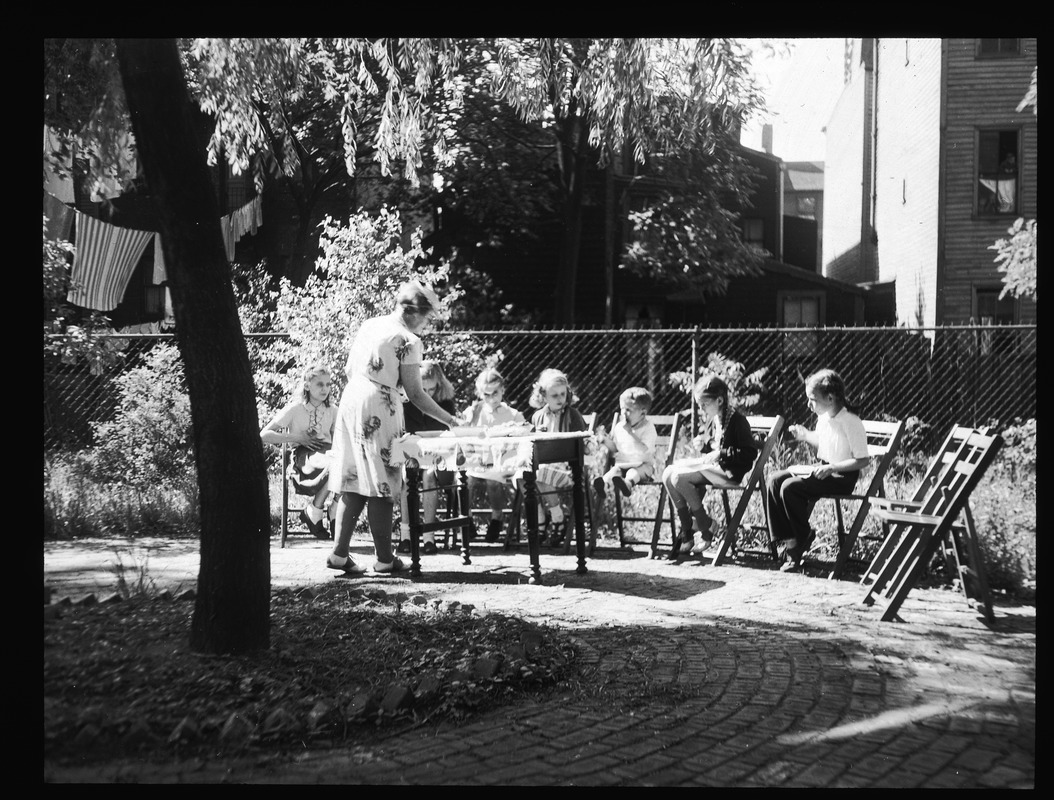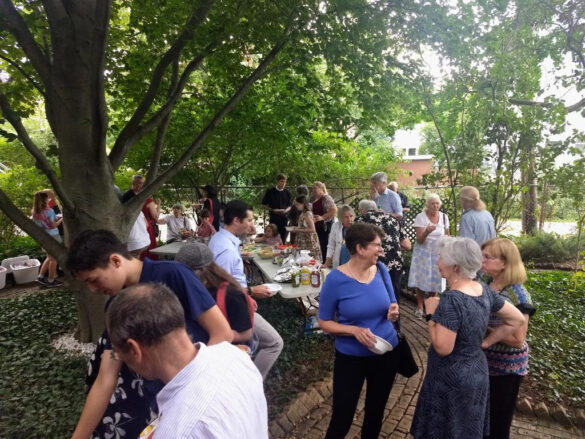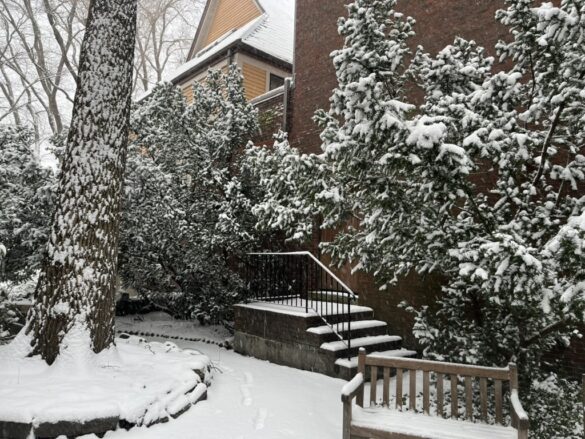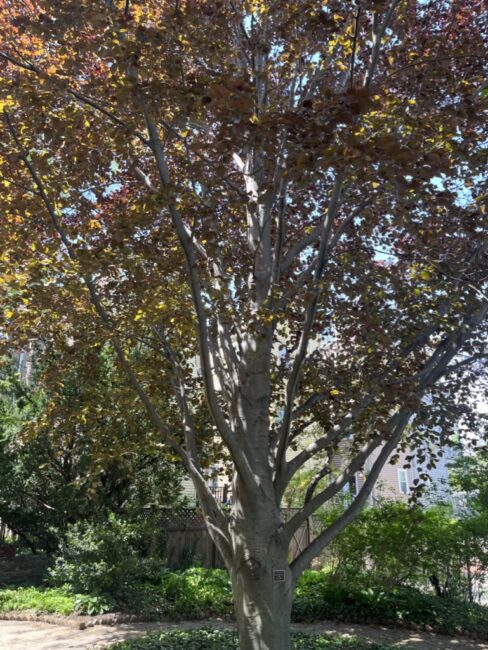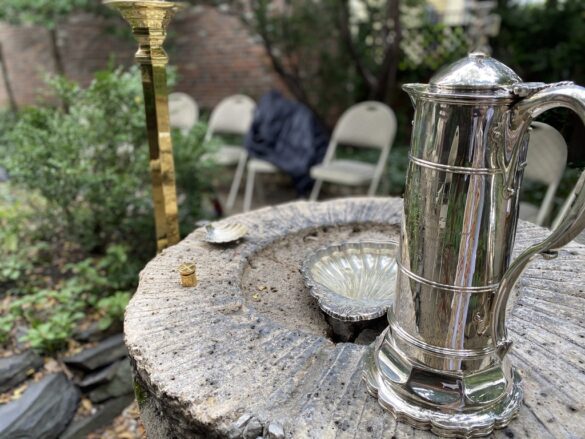On Monday this week, our church calendar observed the Feast of St. Michael and All Angels; this Sunday, our epistle reading from Hebrews compares Jesus to the angels. Given the other two readings on Sunday, which grapple rather contentiously with the topics of marriage and divorce, I likely won’t say much about angels on Sunday, per se. But angels are an interesting topic in and of themselves: They’ve been central to some people’s piety for thousands of years, and totally foreign to others’. So I thought I’d write a few words here for the curious on the rough topic: What’s the deal with angels, anyway?
First, a word on the word: “Angel” is borrowed from the Greek word angelos, which means “messenger.” That’s the Greek equivalent of the Hebrew word mal’ak, which also means “messenger.” Both of them are used for both ordinary human messengers and for seemingly more-than-human messengers from God. To choose a couple of example out of a hat, Genesis 32 is following the story of Jacob: “Jacob went on his way,” it writes, “and the angels of God met him. … And Jacob sent messengers before him to Esau his brother in the land of Seir…” In verse 1, the “angels of God” are mal’akim. In verse 3, the “messengers” Jacob sends to his brother are… also mal’akim. When John the Baptist sends two of his followers to see what Jesus is up to, Luke calls them the angelon of John, just as Gabriel is the angelos of God. (Luke 7:24, 1:26)
In English, on the other hand, we use “angel” as a bit of a technical term: You’d never call the courier who delivers you food from GrubHub or Meals on Wheels an “angel.” (Although, depending on how hungry you were, perhaps you might!) We use “angel” for human beings only by way of metaphor: a human is being “an angel” when they’re acting like we imagine one of the messengers of God might appear.
But already in the Greek- and Hebrew-speaking cultures that produced the Bible, angels were also understood in this technical sense: there was a difference between a mere human messenger, even a human messenger from God, and an “angel” per se. Angels were understood to be a kind of celestial being, distinct from humans and perhaps closer to God. In early Judaism and in most of the Hebrew Bible, angels exist as a kind of amorphous species, appearing without much detail and no names. Traditions of named angels (Michael, Gabriel, Raphael, Uriel, and so on) emerge later, in the last books of the Hebrew Bible, in pieces of the New Testament, and in other books that have ended up in the “in-between” status of the Apocryphal books.
The trend to personalize and add details to angels continued over time, and it makes sense. For many people, angels came to feel closer to them than God. “Angels,” for some, are not only God’s messengers but the ones through whom God works in the world, and this can be a comforting thing.
For others, angels don’t mean much. Particularly for those who are scientifically-inclined, the prospect of a species of rational, spiritual beings who possess free will but cannot be systematically observed seems strange. Others, of course, might suggest that they observe their work all the time! (And surely “There are more things in heaven and earth, Horatio, than are dreamt of in your philosophy”?)
In the end, perhaps the best answer is the same old boring answer: There’s a healthy balance to everything. The most beautiful part of the Christian message is that you don’t need angels to be intermediaries between you and God. God the Father loves you like the world’s best mother loves her children. God the Son became a human being, and knows how hard it is. God the Holy Spirit is working in the world to draw you closer to God. God is with you, wherever you go, and God is for you.
And yet we all encounter messengers from God, I suspect more often than we think—mal’akim and angeloi and messengers, human and perhaps more than human. I’m a skeptical person myself, by nature. I struggle with the idea of angels, per se. But perhaps the last and best word comes from Hebrews, yet again, when it exhorts us to practice hospitality and love; to treat every stranger we see as though they could be a messenger from God—”for thereby wsome have entertained angels unawares.” (Heb. 13:2)

